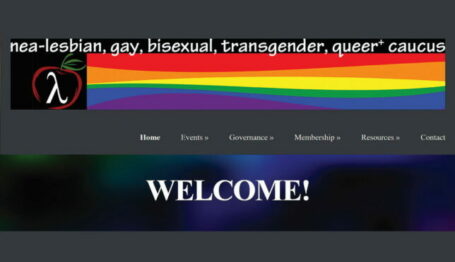Organization Trends
Google: Driving Clicks or the News?


Google is bringing the war against fake news straight to their home page. On March 20, 2018, Google announced a new project called the Google News Initiative (GNI), Google claims that GNI will be the fix for people looking to “stem the flow of misinformation and disinformation.”
During the announcement, Google revealed that GNI is scheduled to invest $300 million into different programs to assist the Google search platform. The endeavor, which will direct Google users to “verified” news sites that Google has partnered with, could lead to a change in traffic to sites that some may deem “controversial.” GNI’s current list of partners in “verified” news includes the New York Times, Washington Post, Financial Times, the USA Today Network, McClatchy, and GateHouse Media. This shift in Google’s search platform is not designed to restrict access to websites but will nudge users towards sources that have been privileged by Google.
Spinning Media Literacy
According to Business Insider’s ideological placement of news outlets, which measures “how liberal or conservative major news sources really are,” Google’s initial list of partners is lacking balance or even a Conservative voice.
Last month, as part of our ongoing investigations at the Capital Research Center, we published a piece about the GroundTruth Project and their effort to sponsor a thousand new local journalists in communities across rural America. Aided by classes from the Google News Lab, GroundTruth hopes to change newsrooms from the inside. This latest project from Google, GNI, takes an outward approach but matches a narrative that GroundTruth started. The popular narrative portrays Americans as no longer able “to understand the critical issues facing their community,” or capable of finding trustworthy news on their own.
The Power of the Algorithm
The reported changes to Google’s search engine will include everything from highlighting any “subscribed” sources in your browser to recommending news sources that their algorithms believe agree with your point of view. The algorithm called “Propensity to Subscribe” will allow publishers to “target users who Google determines are more likely to subscribe” to whatever site they are viewing. Google will retain 15 percent to 5 percent of all subscription revenue when readers make new subscriptions through Google. Once subscribed to a news source Google will use its search results page to “highlight stories from publications to which a user subscribes.”
Unsurprisingly, this new access to users will directly benefit the news organizations which have partnered with Google. Last year alone Google paid “$12.6 billion to partners” in all sectors, and in addition “drove 10 billion clicks a month to publishers’ websites for free.”
The use of Google resources like Google Analytics, by news organizations, has proven to be an effective tool to increase readership. After partnering with Google’s services, The The St. Louis Post-Dispatch saw “a 150 percent increase in pageviews to their Subscribe pages and a month-over-month tripling of new digital subscription purchases.” If that type of support is extended exclusively to “verified” news organizations they will grow their staffs and expand their reach at the cost of competing news outlets.
In other words, if Google continues to “partner” with like-minded organizations, such as their initial partners, they are likely to limit the growth of competing news outlets and hamper the exchange of discussion and free thought that the internet was built upon.
Investing in Schools
In addition to changing algorithms, Google announced that it will also begin to fund school programs that will teach children how to digest news coverage and guide them to verified sources to follow. To accomplish that goal Google has created a project called MediaWise, in partnership with the Poynter Institute.
The Poynter Institute is a 501(c)(3) global journalism school that claims to be a “resource for anyone who aspires to engage and inform citizens in 21st Century democracies.” $3 million will be invested into MediaWise by Google over the next two years to support teaching middle and high school students about media literacy and the importance of being “smarter consumers of news and information online.” MediaWise intends to share their project with over a million students across the United States, with “at least 50 percent coming from underserved or low-income communities.”
The Poynter Institute is funded by its own prominent allies on the Left. Beginning with the Ford Foundation and including the Tides Center, Bill and Melinda Gates Foundation, Annie E. Casey Foundation, Kellogg Foundation, and James Knight Foundation. Google is just the latest addition to this list.
Path Forward
At its roots, media literacy is an issue that should be addressed, but if reducing access to “Fake News” is really Google’s goal, then GNI and MediaWise would benefit from including publications like the Wall Street Journal, Investor’s Business Daily, or other reputable right-of-center sources among their “verified” outlets. Until then, this admirable instinct to improve media literacy will remain incomplete and just as biased as the #FakeNews it is trying to combat.



